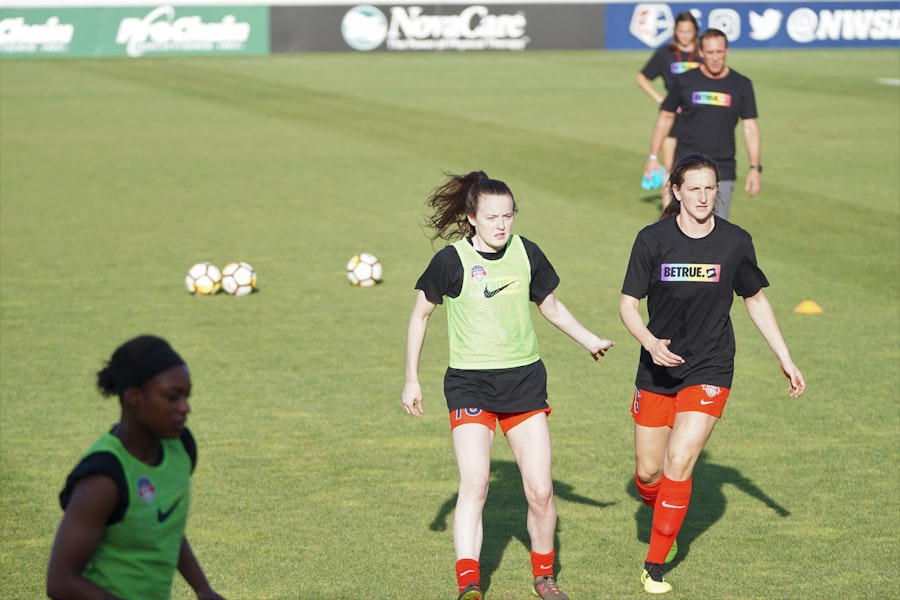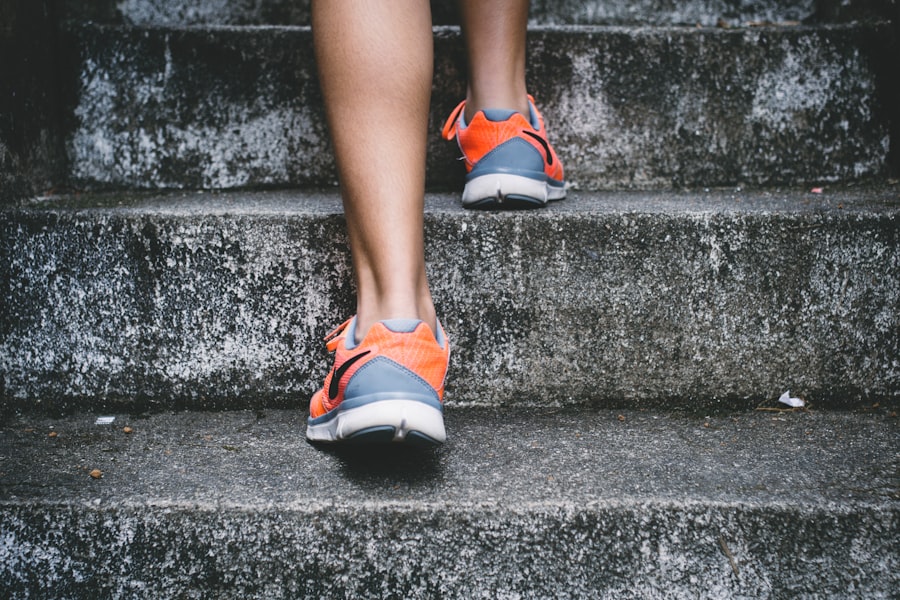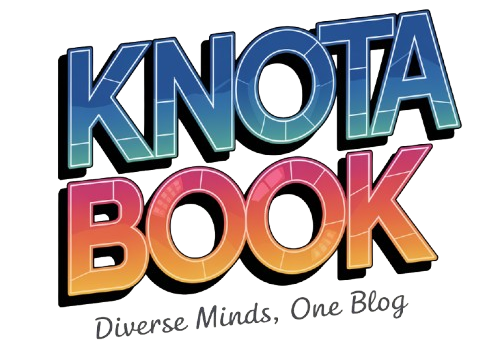Dallas, Texas, has long been recognized as a hub of commerce and innovation, but recent years have ushered in a transformative vision for the city that seeks to redefine its identity. This new vision is not merely about economic growth; it encompasses a holistic approach to urban development that prioritizes inclusivity, sustainability, and cultural enrichment. City planners, local leaders, and community activists are collaborating to create a Dallas that reflects the diverse voices of its residents while addressing the pressing challenges of urbanization.
At the heart of this vision is a commitment to enhancing the quality of life for all Dallasites. This involves reimagining public spaces, improving transportation networks, and fostering a sense of community through accessible amenities. The city is embracing smart growth principles that encourage mixed-use developments, pedestrian-friendly environments, and the integration of green spaces.
By prioritizing these elements, Dallas aims to create a vibrant urban landscape that not only attracts new residents and businesses but also retains its existing population by enhancing their living experience.
Key Takeaways
- Dallas is undergoing a new vision focused on revitalizing historic neighborhoods and promoting sustainable development.
- The cultural renaissance of Dallas is contributing to the city’s economic impact and attracting new residents and businesses.
- Reviving Dallas is not only about economic growth but also about sustainable development and green initiatives.
- Community engagement is crucial in the revival of Dallas, as it fosters a sense of belonging and ownership among residents.
- Art and creativity play a significant role in the revival of Dallas, contributing to the city’s cultural renaissance and economic growth.
The Revitalization of Historic Neighborhoods
The revitalization of historic neighborhoods in Dallas is a testament to the city’s commitment to preserving its rich cultural heritage while adapting to modern needs. Areas such as Deep Ellum and the Bishop Arts District have undergone significant transformations, blending their historical significance with contemporary vibrancy. Deep Ellum, once known for its jazz and blues scene, has seen a resurgence of art galleries, music venues, and eclectic eateries that pay homage to its roots while attracting a new generation of visitors.
Efforts to revitalize these neighborhoods often involve collaboration between local governments, non-profit organizations, and community members. For instance, initiatives aimed at restoring historic buildings not only preserve architectural integrity but also provide opportunities for local businesses to thrive. The Bishop Arts District exemplifies this approach, where restored storefronts house independent shops and restaurants that reflect the neighborhood’s unique character.
This revitalization not only enhances the aesthetic appeal of these areas but also fosters a sense of pride among residents who see their history being honored and celebrated.
The Cultural Renaissance of Dallas

Dallas is experiencing a cultural renaissance that is reshaping its identity as a vibrant arts and cultural hub. The city boasts a rich tapestry of artistic expression, from world-class museums like the Dallas Museum of Art to an array of performing arts venues such as the AT&T Performing Arts Center. This cultural revival is not limited to established institutions; grassroots movements and local artists are also playing a pivotal role in redefining the city’s artistic landscape.
One notable aspect of this renaissance is the emphasis on inclusivity and diversity in the arts.
Events like the Dallas Arts District’s annual “Arts Month” celebrate local talent while inviting international artists to participate in exhibitions and performances.
This commitment to diversity enriches the cultural fabric of Dallas, making it a dynamic destination for art enthusiasts and casual visitors alike.
The Economic Impact of Reviving Dallas
| Metrics | Data |
|---|---|
| GDP Growth | 3.2% |
| Job Creation | 10,000 new jobs |
| Business Investment | 500 million |
| Tourism Revenue | 1.2 billion |
The economic impact of revitalizing Dallas cannot be overstated. As neighborhoods undergo transformation and cultural initiatives flourish, the city is witnessing a surge in economic activity that benefits both residents and businesses. The influx of new residents drawn by improved amenities and vibrant cultural scenes contributes to increased demand for housing, retail, and services.
This demand stimulates job creation across various sectors, from construction to hospitality. Moreover, the revitalization efforts have attracted significant investment from both public and private sectors. Infrastructure improvements, such as enhanced public transportation options and upgraded parks, not only enhance the quality of life but also make Dallas more appealing to businesses looking to relocate or expand.
The synergy between economic growth and community development creates a positive feedback loop where thriving neighborhoods attract further investment, leading to sustained economic vitality.
Sustainable Development and Green Initiatives
Sustainable development has emerged as a cornerstone of Dallas’s new vision for urban growth. Recognizing the importance of environmental stewardship, city planners are integrating green initiatives into their development strategies. This includes promoting energy-efficient buildings, expanding public transportation options, and creating green spaces that enhance urban biodiversity.
One prominent example is the Trinity River Project, which aims to revitalize the riverfront while providing recreational opportunities for residents. This initiative not only enhances the natural beauty of the area but also serves as a model for sustainable urban development. By prioritizing green infrastructure, Dallas is positioning itself as a leader in environmental sustainability while improving the overall quality of life for its residents.
The Importance of Community Engagement

Empowering Residents through Inclusive Decision-Making
City officials are increasingly recognizing the value of involving community members in decision-making processes, ensuring that development projects align with residents’ needs and aspirations.
Fostering Dialogue through Public Forums and Collaborative Planning
Public forums, workshops, and collaborative planning sessions have become essential tools for fostering dialogue between city leaders and residents. These platforms allow individuals to voice their concerns, share ideas, and contribute to the vision for their neighborhoods.
Building Trust and a Sense of Ownership
By prioritizing community engagement, Dallas is building trust between residents and local government while creating a sense of ownership over the revitalization process.
The Role of Art and Creativity in the Revival of Dallas
Art and creativity are at the forefront of Dallas’s revival, serving as catalysts for community engagement and economic development.
These artistic expressions not only beautify neighborhoods but also foster a sense of identity and belonging among residents.
The role of art in revitalization extends beyond aesthetics; it also plays a crucial economic role. Creative industries contribute significantly to job creation and economic growth in Dallas. Events like the annual “Dallas Art Fair” attract collectors and art enthusiasts from around the world, generating revenue for local artists and businesses alike.
By investing in art and creativity, Dallas is not only enhancing its cultural landscape but also positioning itself as an attractive destination for tourism and investment.
Challenges and Opportunities for the Future of Dallas
While Dallas is on an upward trajectory toward revitalization, it faces several challenges that must be addressed to ensure sustainable growth. Issues such as gentrification threaten to displace long-time residents as property values rise in revitalized neighborhoods. Balancing development with affordability is crucial to maintaining the city’s diverse character and preventing social inequities from widening.
However, these challenges also present opportunities for innovative solutions. Policymakers can explore strategies such as inclusionary zoning or community land trusts to promote affordable housing alongside new developments. Additionally, fostering partnerships between public agencies, non-profits, and private developers can lead to creative financing solutions that prioritize community needs while attracting investment.
As Dallas continues on its path toward revitalization, it stands at a crossroads where thoughtful planning and community engagement can shape its future. By embracing its rich history while looking forward with an inclusive vision, Dallas has the potential to emerge as a model for urban renewal that other cities can emulate. The journey ahead will require collaboration, creativity, and a steadfast commitment to building a city that reflects the aspirations of all its residents.
FAQs
What is the “Kiss of Life” in Dallas?
The “Kiss of Life” in Dallas refers to the revival technique used by Dallas Fire-Rescue paramedics to resuscitate patients who have experienced cardiac arrest. It involves performing CPR and delivering a shock from a defibrillator to restart the heart.
How does the “Kiss of Life” technique work?
The “Kiss of Life” technique involves a combination of chest compressions and rescue breaths to circulate oxygenated blood to the vital organs. Paramedics also use a defibrillator to deliver an electric shock to the heart if necessary.
What is the significance of the “Kiss of Life” in Dallas?
The “Kiss of Life” technique has been credited with saving numerous lives in Dallas. It has become a symbol of the dedication and skill of Dallas Fire-Rescue paramedics in providing life-saving care to individuals experiencing cardiac arrest.
What is the “Lose Yourself” program in Dallas?
The “Lose Yourself” program in Dallas is a public health initiative aimed at educating the community about the importance of bystander CPR and early defibrillation in improving survival rates for cardiac arrest. The program encourages individuals to learn CPR and how to use an automated external defibrillator (AED).
How can individuals get involved in the “Lose Yourself” program in Dallas?
Individuals can get involved in the “Lose Yourself” program in Dallas by participating in CPR and AED training courses offered by Dallas Fire-Rescue or other certified training organizations. They can also spread awareness about the importance of bystander CPR and early defibrillation in their communities.

